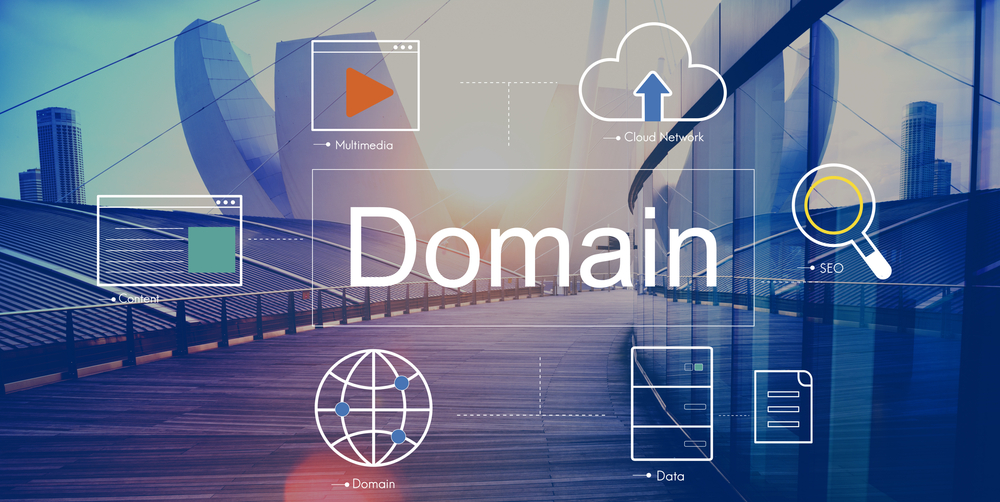Introduction: Why Update DNS with Hostinger and Cloudflare?
For website owners using Hostinger as their hosting provider and Cloudflare for content delivery and security, one of the most crucial steps is updating your DNS settings. Updating DNS for your Hostinger website with Cloudflare helps boost your website’s speed, security, and overall performance.
By pointing your Hostinger domain to Cloudflare’s DNS, you benefit from Cloudflare’s CDN, DDoS protection, and SSL encryption, all of which contribute to a better user experience and improved SEO rankings.
We’ll show you how to update DNS settings in Hostinger and integrate Cloudflare seamlessly.
What is DNS, and Why Is It Important?
DNS (Domain Name System) translates human-readable domain names (like www.yourdomain.com) into IP addresses that computers use to communicate. Proper DNS configuration ensures that visitors can access your website quickly and securely.
By updating DNS with Cloudflare for your Hostinger-hosted site, Cloudflare will act as a proxy between your website and visitors, offering enhanced speed, security, and uptime.

Steps to Update DNS in Hostinger for Cloudflare
Follow these steps to successfully update your DNS settings in Hostinger and point them to Cloudflare.
Step 1: Sign Up for a Cloudflare Account
If you don’t already have a Cloudflare account, you’ll need to create one. Here’s how:
-
Go to the Cloudflare website.
-
Click on “Sign Up” and enter your details to create an account.
-
Once logged in, click “Add a Site” to start the process of connecting your website.
Step 2: Add Your Website to Cloudflare
-
Enter your website domain name (e.g.,
yourdomain.com) in the “Add a Site” box. -
Click “Add Site”, and Cloudflare will automatically scan your current DNS records.
-
Review the DNS records and ensure that they match those in Hostinger. If necessary, add or edit any DNS records.
Click “Continue” when done.
Step 3: Get Cloudflare Nameservers
After scanning your DNS records, Cloudflare will provide you with two nameservers. These are unique to your domain and look something like this:
-
ns1.cloudflare.com -
ns2.cloudflare.com
Keep this information handy for the next step.
Step 4: Update DNS in Hostinger to Cloudflare Nameservers
Now, it’s time to update your Hostinger DNS settings to point to Cloudflare’s nameservers.
-
Log in to your Hostinger hPanel.
-
Go to Domains > Your Domain and click on DNS / Nameservers.
-
Select Use Custom Nameservers.
-
Enter the nameservers provided by Cloudflare (e.g.,
ns1.cloudflare.comandns2.cloudflare.com). -
Click Save to confirm the changes.
It might take up to 24–48 hours for the DNS propagation to fully complete, although it often happens more quickly.
Step 5: Configure Cloudflare Settings
Once your domain is connected to Cloudflare, you can customize several settings to optimize your website’s performance and security.
Enable Cloudflare CDN
To activate Cloudflare’s Content Delivery Network (CDN):
-
In your Cloudflare dashboard, go to the DNS tab.
-
Ensure the cloud icon next to your DNS records is orange, indicating that Cloudflare is proxying your traffic (i.e., caching and optimizing your content).
Enable Auto Minify
Auto Minify helps reduce the size of your HTML, CSS, and JavaScript files, improving page load speed:
-
In Cloudflare, go to Speed > Optimization.
-
Enable Auto Minify for JavaScript, CSS, and HTML files.
Enable SSL/TLS Encryption
For secure HTTPS connections, enable SSL/TLS encryption:
-
Go to SSL/TLS in your Cloudflare dashboard.
-
Set the encryption mode to Full (Strict) to ensure that both connections to Cloudflare and from Cloudflare to your Hostinger server are secure.
Troubleshooting Common DNS Issues with Hostinger and Cloudflare
After updating DNS settings, you might encounter some common issues. Here’s how to fix them:
Issue 1: DNS Propagation Delays
Solution: DNS changes can take up to 48 hours to fully propagate globally. If it’s taking longer, check your DNS settings in both Cloudflare and Hostinger.
Issue 2: Website Not Loading Properly After DNS Update
Solution: Double-check your DNS records in both Hostinger and Cloudflare. Ensure that your A, CNAME, and MX records match those from Hostinger.
Issue 3: Cloudflare Not Showing the Latest Website Changes
Solution: Purge the cache on Cloudflare. Go to Caching > Purge Cache in your Cloudflare dashboard and clear the cache to force Cloudflare to fetch the latest content.
Issue 4: SSL/TLS Errors
Solution: If you see SSL/TLS errors, ensure that Cloudflare’s SSL mode is set to Full (Strict). Also, check that your Hostinger server is properly configured for SSL.
Conclusion: Seamless DNS Update with Hostinger and Cloudflare
By updating your DNS in Hostinger to point to Cloudflare, you unlock the full potential of Cloudflare’s CDN, security features, and performance enhancements. This integration is vital for faster load times, better security, and improved search engine rankings.
If you need any assistance with your DNS setup or troubleshooting, feel free to contact Digitor. We are here to help you optimize your website and ensure everything runs smoothly.







